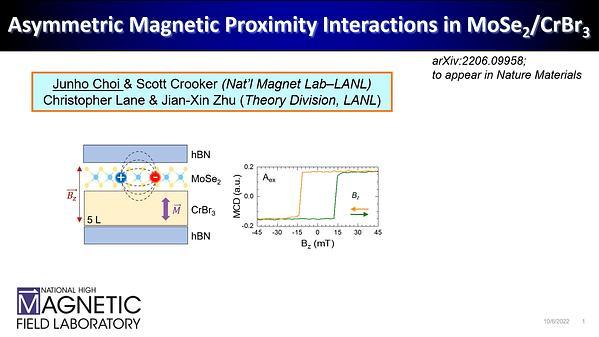Would you like to see your presentation here, made available to a global audience of researchers?
Add your own presentation or have us affordably record your next conference.
Optimization of materials for efficient spin current generation and magnetization switching in ferromagnet(FM)/heavy-metal(HM) bilayers is of interest for SOT-MRAM and other applications. Experimentally, alloys of Pt with other elements have been studied as the HM source of spin current, some of which were found to increase the effective spin-Hall angle ξj DL and/or the dampinglike (DL) torque efficiency ξE DL in FM|Pt1−xXx bilayers. Here we use the tight-binding LMTO implementation of the nonequilibrium Green’s function (NEGF) technique 1 to calculate the DL SOT efficiencies for Fe0.75Co0.25|Pt1−xXx bilayers with different alloying elements X, as a function of concentration. The bcc Fe0.75Co0.25 alloy is chosen for the FM layer due to its good lattice matching with fcc Pt and low Gilbert damping. The atomic potentials are obtained using the coherent potential approximation, and the torquances are then evaluated via supercell averaging over substitutional disorder. We find that the largest SOT efficiency ξE DL is achieved by alloying with 20% Au or 10% Rh. Using the calculated residual resistivities of the Pt1−xXx alloys, we estimate the effective spin-Hall angles ξj DL in the alloyed systems. The results are compared with available experimental data.
This work was supported by NSF grant No. DMR-1916275.
References D.Pashov et al. Comput. Phys. Commun. (2020)
